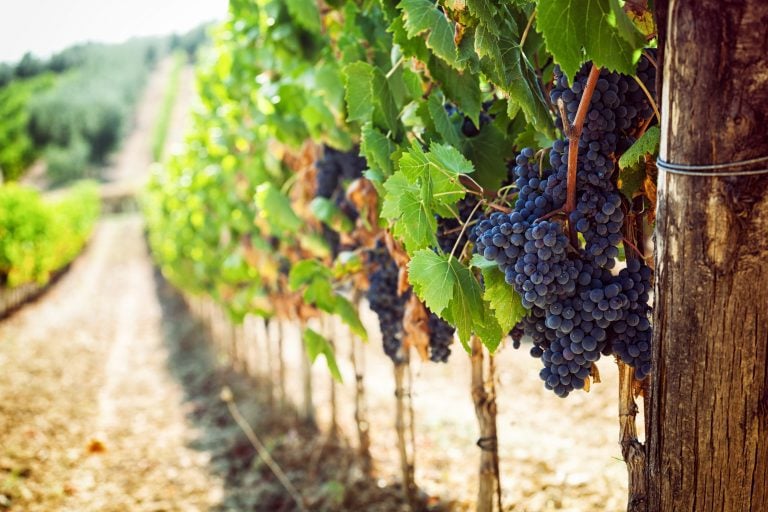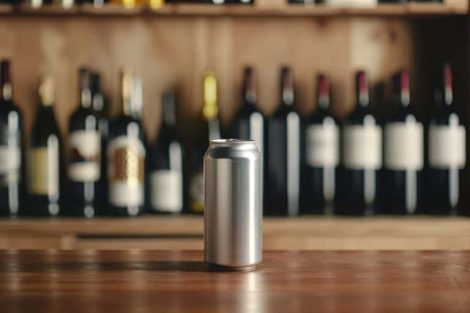With around 50 million inhabitants and following considerable economic growth in recent years, Colombia is a top destination for worldwide wine exporters. Although rooted as a country of beer and spirits, wine culture has recently witnessed significant growth. Increasing market suppliers, sales channels and residents' incomes mark a promising forecast for the country with the second largest Spanish-speaking population, also nicknamed 'the gateway to South America'. According to data from the Colombian Wine and Spirits Importers Association released by UbiFrance in Bogotá, Colombia’s wine market has in fact grown over 147% in the last ten years. As far as wine labelling is concerned, careful attention is paid to the protection of consumer health.
Any alcoholic beverage must be indeed labelled with "El exceso da alcohol es perjudicial para la salud" (excessive consumption of alcohol is harmful to health), printed at the bottom, occupying at least one-tenth of the label. In order to ensure the minimum legal drinking age, the indication "Prohíbese el expendio de bebidas embriagantes a menores de edad" (the sale of alcoholic beverages to minors is prohibited) is mandatory, as well as the health registration number issued by the competent health authority granted by Invima to inform the consumer of the allergens present in the finished product. For instance, a wine that contains sulphites at more than 10 mg/litre must have a statement such as "Contains sulphites".
For further information, please refer to COMEX, Unione Italiana Vini’s online legal database for exports
(www.unioneitalianavini.it/prodotto-category/banche-dati/ – by the legal service of Unione Italiana Vini
For any inquiries to the UIV’s legal service, please contact [email protected]


 Burgundy’s resilience: growth in fine French wines despite a challenging vintage
Burgundy’s resilience: growth in fine French wines despite a challenging vintage Wine promotion, vineyard uprooting, and support for dealcoholised wines: the European Commission's historic compromise on viticulture
Wine promotion, vineyard uprooting, and support for dealcoholised wines: the European Commission's historic compromise on viticulture A small Sicilian farmer with 40 cows wins silver at the World Cheese Awards
A small Sicilian farmer with 40 cows wins silver at the World Cheese Awards Women are the best sommeliers. Here are the scientific studies
Women are the best sommeliers. Here are the scientific studies Where to eat at a farm stay in Sicily: the best addresses in the Provinces of Trapani, Palermo, and Agrigento
Where to eat at a farm stay in Sicily: the best addresses in the Provinces of Trapani, Palermo, and Agrigento






